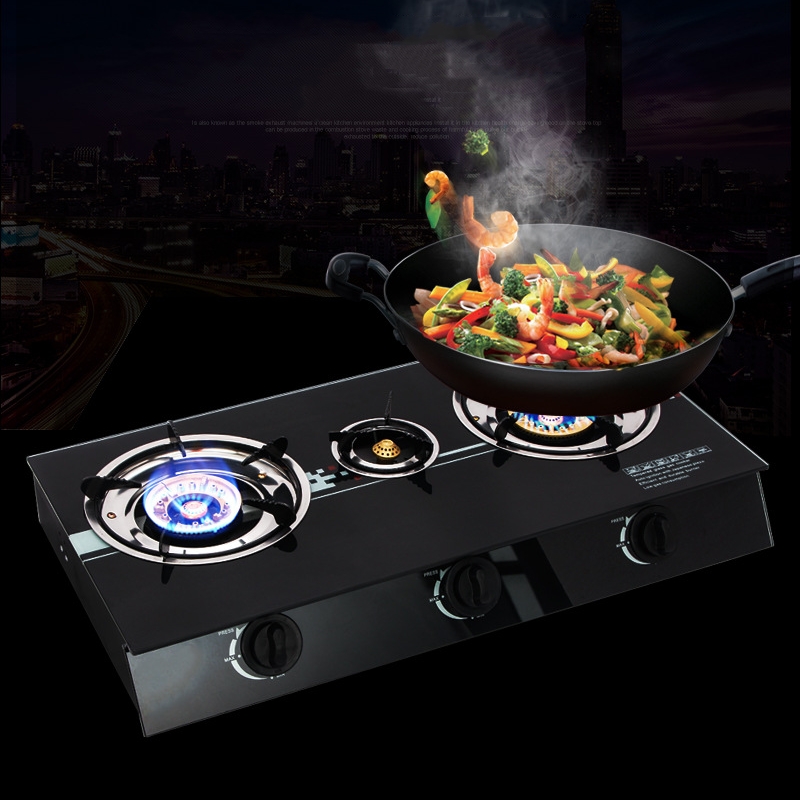Talking about the energy-saving effect of natural gas stoves produced by natural gas stove manufacturers
2023-08-12
The infrared Gas stove produced by natural gas stove manufacturers is an infrared radiation plate made of special refractory materials. During flame combustion, the flame is converted into infrared light, accelerating the heating process of the object. And what is infrared? Infrared rays have similar effects to solar energy as we know it, because infrared rays themselves carry energy, so when the sun shines on our bodies, there will be temperature. Moreover, because the wavelength of infrared is longer than that of visible light, it has a thermal effect, strong penetration ability, and is not easily absorbed by the atmosphere, natural gas stoves produced by natural gas stove manufacturers have energy-saving effects.

One difference is the heating method. Atmospheric stoves use convective heat transfer, while infrared gas stoves use radiative heat transfer. Therefore, natural gas stove manufacturers' infrared gas stoves have greater firepower, with metal mesh materials generally around 1000 ℃, and ceramic stoves generally reaching 1100-1200 ℃.
The second reason is that the combustion method is different. The atmospheric stove mainly burns above the burner, with a high flame. The infrared gas stove first mixes air and gas, and during combustion, the flame is almost invisible.
The third is thermal efficiency. According to the national standard, the thermal efficiency requirement for atmospheric stoves is lower than that for infrared gas stoves. The thermal efficiency of infrared gas stoves is basically above 65, and even more so, the thermal efficiency can reach over 75.
Infrared has the effect of thermal radiation, so the thermal efficiency of infrared gas stoves is very high, which is more than 16% higher than that of ordinary gas stoves. Therefore, infrared gas stoves have good energy-saving effects.
Due to the different combustion and heat transfer methods of infrared gas stoves produced by natural gas stove manufacturers, the temperature rise on the surface and inside of their stoves is generally higher than that of atmospheric gas stoves. The normal working temperature of general electronic components cannot exceed 65 ℃. Therefore, in order to ensure the functional and lifespan of various components of the stove, insulation treatment is generally required inside the stove.